If you’re an RV enthusiast, you know how frustrating it can be to encounter unexpected problems while on the road. One issue that you may face with your RV is water that is too hot, making it difficult to take a refreshing shower or wash dishes comfortably.
Key Takeaways:
The primary reason behind RV water that’s too hot is often a faulty or fixed thermostat. Replacing it with an adjustable, functional model is usually the solution. However, it’s important to note that problems with the pressure relief valve can also lead to hot water issues.
Continue reading to delve deeper into the underlying causes and respective solutions of the problem of RV water being too hot.
Disclaimer:
Due to the wide variety of RVs in the industry, We cannot provide personalized technical advice. Our information is intended for general educational purposes only and should not be construed as specialized technical advice for any specific situation. Any decisions made based on information provided by us are the sole responsibility of the individual. It is always recommended to seek additional advice from a professional before making any critical mechanical changes or repairs to the RV.
Why My RV Water Is Too Hot And How To Fix It
#1. You Have A Faulty Thermostat
CAUSE: The thermostat in your RV’s hot water tank is an essential component that helps maintain the water temperature at a consistent and safe level.
It senses the temperature of the water in the tank and communicates with the heating element to turn on or off as needed to keep the temperature within a set range.
If the thermostat is faulty, it may fail to accurately measure the water temperature, causing the heating element to keep heating the water excessively. This leads to hot water coming out of the taps, which can be uncomfortable or even dangerous to use.
FIX: To diagnose if the faulty thermostat is causing the RV water to be too hot, you can test the temperature of the water at the tap with a thermometer. If the temperature is consistently higher than the recommended safe range, it’s likely that the thermostat needs to be replaced.
It’s crucial to have a professional handle this repair job as it involves working with electrical components and can be dangerous if not done correctly.
By replacing the faulty thermostat, you can restore proper temperature control and prevent any potential dangers associated with extremely hot water. It’s essential to ensure that the new thermostat is compatible with your RV’s hot water system and is properly installed for optimal performance.
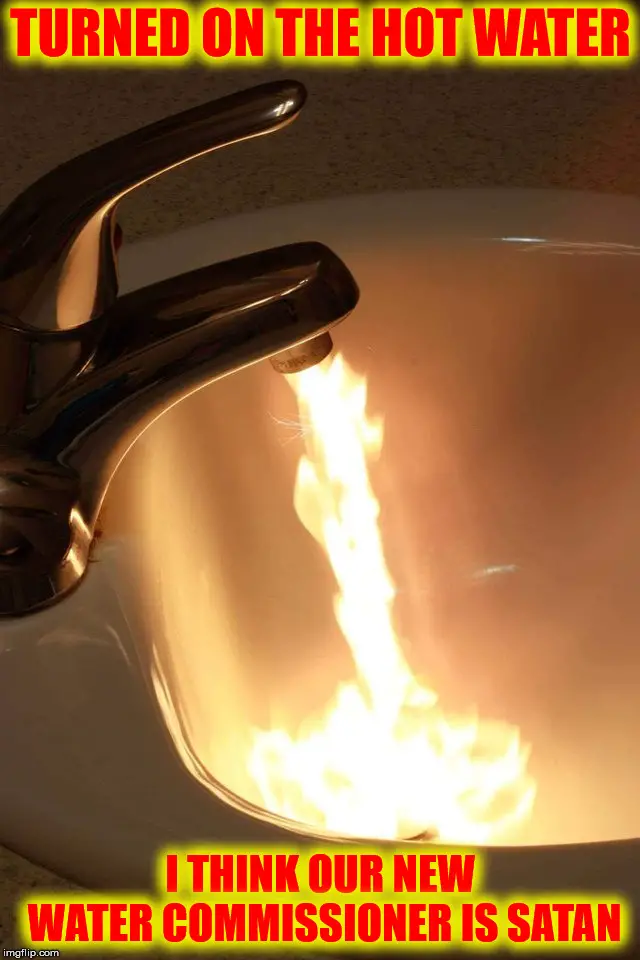
#2. You Have A Fixed Thermostat
CAUSE: One of the most common causes of this issue is having a fixed thermostat. Let me explain – a thermostat is a device that regulates the temperature of your RV’s water. If your thermostat is fixed, it means that it is set to a specific temperature, usually around 140 degrees Fahrenheit.
This may seem like a good thing at first, but in reality, it can make your water too hot to handle, especially during a shower.
FIX: Good news: a programmable thermostat is a simple solution to this issue. Adjustable thermostats may be bought everywhere thermostats are sold, and often include a display and controls in a single package. Installing the kit is the next step after purchasing it.
The old thermostat must be located in the RV before the new one can be installed. T-stat or ECO switch is what it’s called on most electrical panels. The ECO switch serves as an emergency shutoff and must be kept in the “on” position at all times.
You should then cut off any surplus wiring before disposing of the old thermostat. The old thermostat is useless, so get rid of it.
You may swap out the old thermostat with a new one after the old one has been taken out. While you may have to undo a few clips to remove the old thermostat, doing so is a breeze. To properly install a new thermostat, you must slip in the included plastic ring and press it against the water tank.
In order to create space for the new thermostat, you may need to bend the tabs slightly. Nevertheless, proper seating is essential for the thermostat’s proper operation.
After installing the new thermostat, you may use the included adaptors to connect the wires to the device. Several of the older versions of RVs have bigger spades than the current ones, therefore these adaptors are used for the wiring.
Check the new thermostat by turning on the water and making sure the adapters are still flush with the tank.
The benefit of having a thermostat in your RV is that you can have water at whatever temperature you choose. With the new thermostat, you won’t have to worry about being burned every time you use the sink-faucet since it won’t be set to a certain temperature.
Adjust the thermostat to a range of temperatures until you discover the one that’s just right.
#3. Problems With The Pressure Relief Valve
CAUSE: Sometimes the issue of hot water in your RV can be attributed to a faulty pressure relief valve. This valve is designed to release any excess pressure from your hot water tank to prevent it from exploding.
But, if it’s not working correctly, it can cause the pressure to build up in your tank, leading to hot water at your taps.
FIX: If you suspect that your pressure relief valve is faulty, it’s important to get it checked out as soon as possible. One solution could be to replace the valve to restore proper pressure control. This is a job that’s best left to a professional to ensure that it’s done correctly.
By replacing the pressure relief valve, you can prevent any potential accidents and ensure that your RV’s hot water tank is functioning correctly. This is an important step to take if you want to avoid the risk of hot water at your taps, and also to ensure that your RV’s hot water system is safe and reliable for your next adventure.
Cost-Effective Tip To Solve RV Hot Water Problem
One of the easiest and most cost-effective solutions to fix the issue of RV water being too hot is by using the hot water heater bypass valve to add cold water. This method involves adjusting the bypass valve on your hot water heater to allow some cold water to mix with the hot water coming from the heater, thus reducing the overall temperature of the water.
It’s important to note that the hot water heater is designed to heat water to a high temperature, so it’s normal for the water to come out quite hot. However, by adjusting the bypass valve, you can easily temper the hot water to your desired temperature.
To use this method, you’ll need to turn on some cold water and slowly adjust the bypass valve until you get the temperature you want. Once you’ve found the ideal temperature, leave the valve in that position. This method can be particularly helpful when taking a shower, as you can mix hot and cold water to get the perfect temperature without running out of hot water.
Another advantage of using this method is that it can help to extend the life of your hot water tank. By mixing in cold water, you’ll use less hot water and reduce the strain on your tank, which can help it to last longer.
While this method is a simple and effective solution, it’s important to note that it may not work for everyone. Some RVers may prefer to replace the fixed thermostat with an adjustable one or use other methods to adjust the temperature of their water.
However, for those looking for a cost-effective and straightforward solution, using the hot water heater bypass valve to add cold water can be an excellent option.


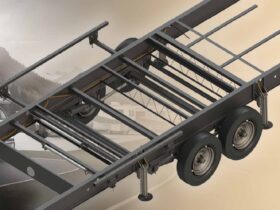
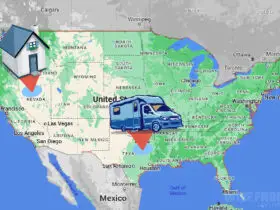
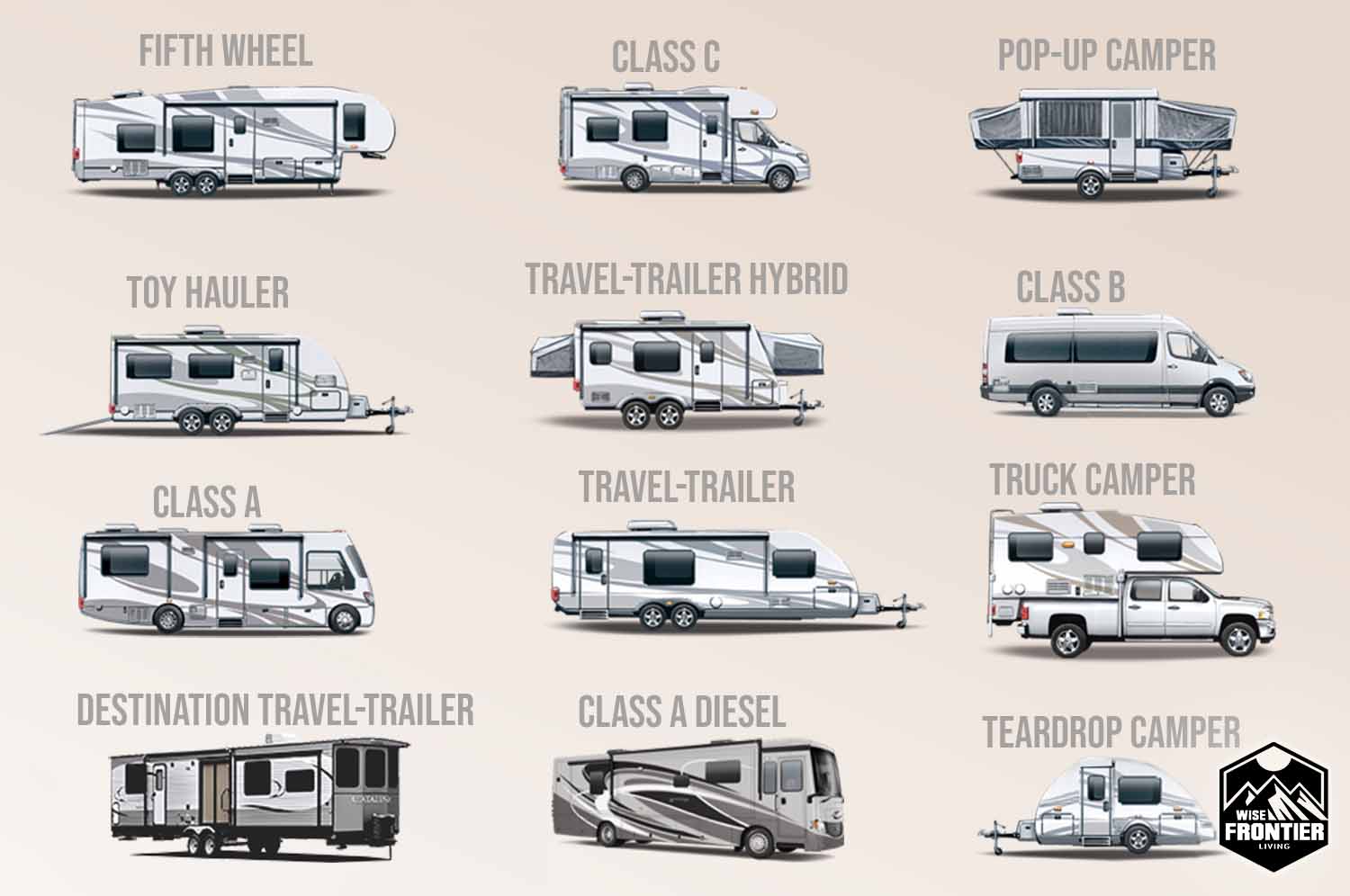

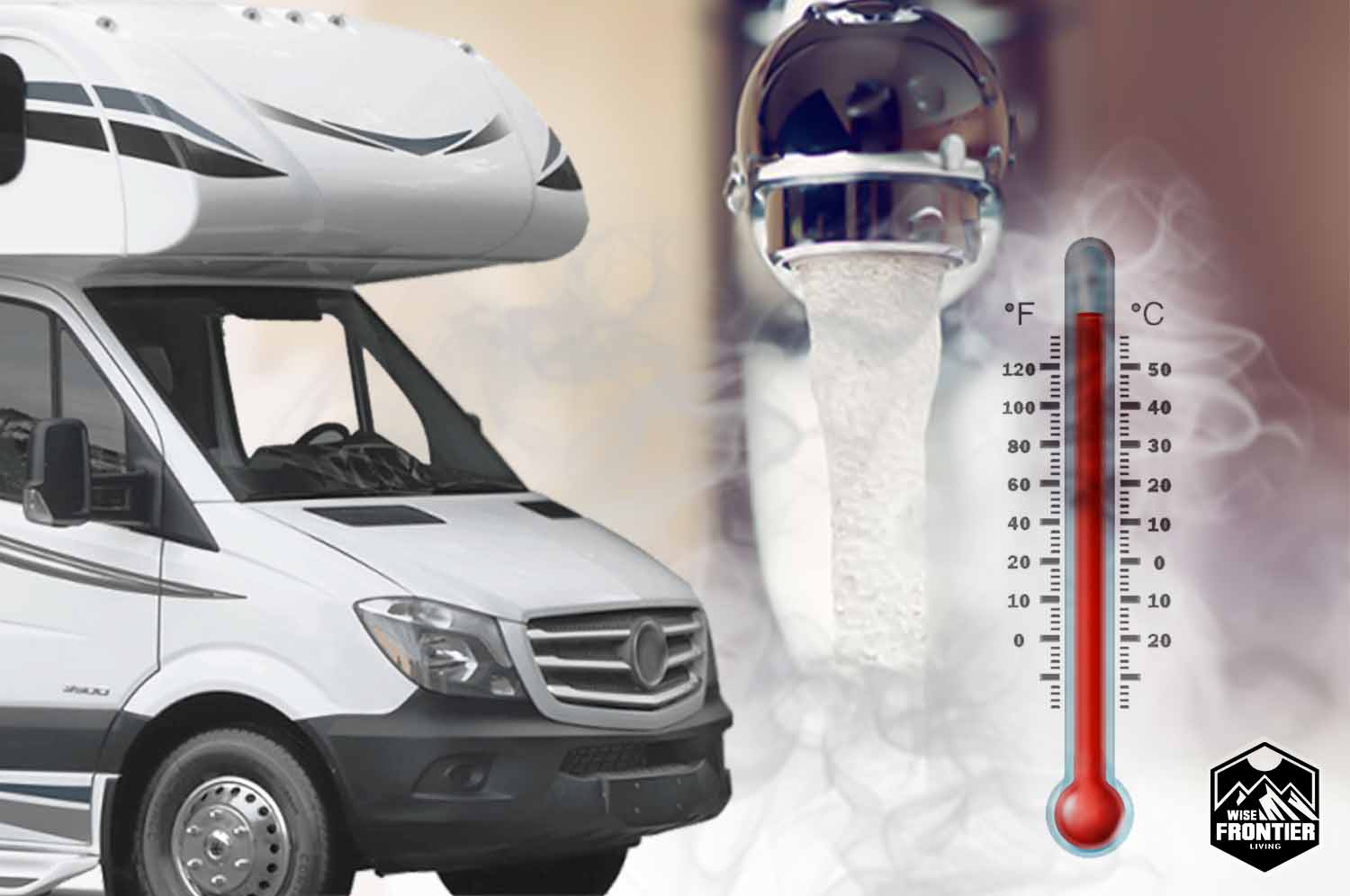
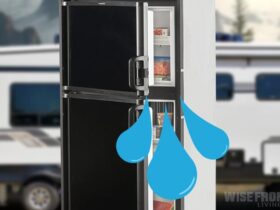
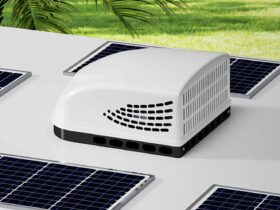
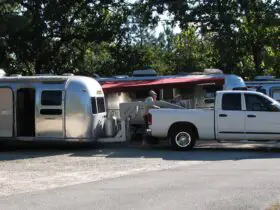
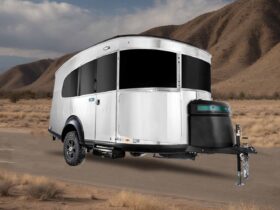

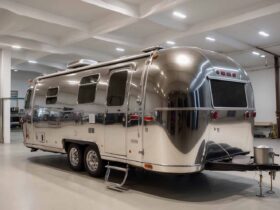


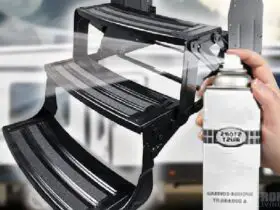
Leave a Reply